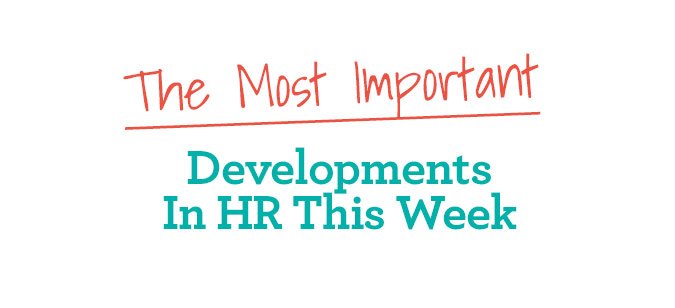
Alibaba, Google, Microsoft, and IBM are all in a race to develop a commercial quantum computer, but when it happens, will it be a good thing? Quantum computing will make your current computer look as quaint as an abacus, and it is poised to meaningfully disrupt, well, life as we know it. National security and finance use cryptographic codes to keep things secure, and it will be child’s play for a quantum computer to break those codes. Also, the day Bitcoin crashes you’ll know the first quantum computer is online because cryptocurrencies are vulnerable, too. And if you think HR is safe, think again. Those firewalls that protect employee data and other company information? Need we say more? For those of us who remember MS-DOS and the screech of a dial-up internet connection, this is mind blowing. Datatrek


Senators can start investigations that make life difficult for companies, and this one fell right into the lap of HR. Elizabeth Warren doesn’t much like what went down at Toys ‘R’ Us and is looking for answers. The bankrupt toy giant had a buyout offer on the table earlier this year that would have kept almost half of their U.S. stores open, and under previous leadership, the 30,000 workers who were terminated would have been paid $75 million in severance. The lenders that took over the brand during its liquidation didn’t bite on the offer, and just $20 million is in an “employee hardship fund” right now, with only two of the seven lenders contributing. Senator Warren wants to find out why. Fortune


A surprising new study by Insurance Quotes highlights how losing a job is financially worse for women than men. Bouncing back with a new job, men typically make slightly more, 1.3 percent, than they did on their last job. Women see their income drop by 24 percent. That’s huge. Reasons point to women being less likely to negotiate salary during hiring (Glassdoor found that 68 percent of women don’t). Also, women tend to internalize being let go, feeling sadness, shame and fear, which may lead them to take the first job they’re offered, while men externalize it, adopting a “they’re a bunch of jerks, I’m going to go out and do better” attitude. Fast Company


A gaggle of companies have banished job titles, instead identifying employees by job responsibility, or team, or not at all. The idea is to break down barriers, take ego out of the mix, and foster greater creativity and collaboration, which is all warm and fuzzy, but to us it sounds like a giant headache for HR. When you’re hiring, how are you supposed to attract the best and brightest with no job titles? And forget about people finding the position on Indeed, LinkedIn, or other online job sites. Also, some people are motivated by the carrot of a job title. But, on the positive side, no job titles means you need crystal-clear job descriptions, expectations and goals, and a rock-solid grid of who reports to whom. CNN


Another week, another story about Walmart investing in training and education for its workers. This time, it’s the result of a new high-tech warehouse the retail giant is building that will use automation to move 40 percent more product to stores. But that doesn’t mean warehouse jobs are going away — they’re just going to require less physical lifting and more STEM skills from workers. But that doesn’t mean Walmart is going to ditch its current workforce for people who already have those skills. Instead, Walmart is building a new training facility to upskill its employees to do the job, which will also help those employees have better careers if they choose to leave down the line. Yahoo Finance


Last week, Starbucks announced it will give U.S. employees an unusual new benefit: subsidized backup care for children and adults. More than 180,000 employees will be eligible for the program, which will kick in when their regular child care or eldercare is unavailable. It’s through Care.com, a platform that connects people to caregivers. With the Starbucks’ subsidy, backup in-home care for kids or adults will cost $1 per hour, and in a childcare center, it’s $5 per day. Employees can use up to 10 backup care days per year. The New York Times










